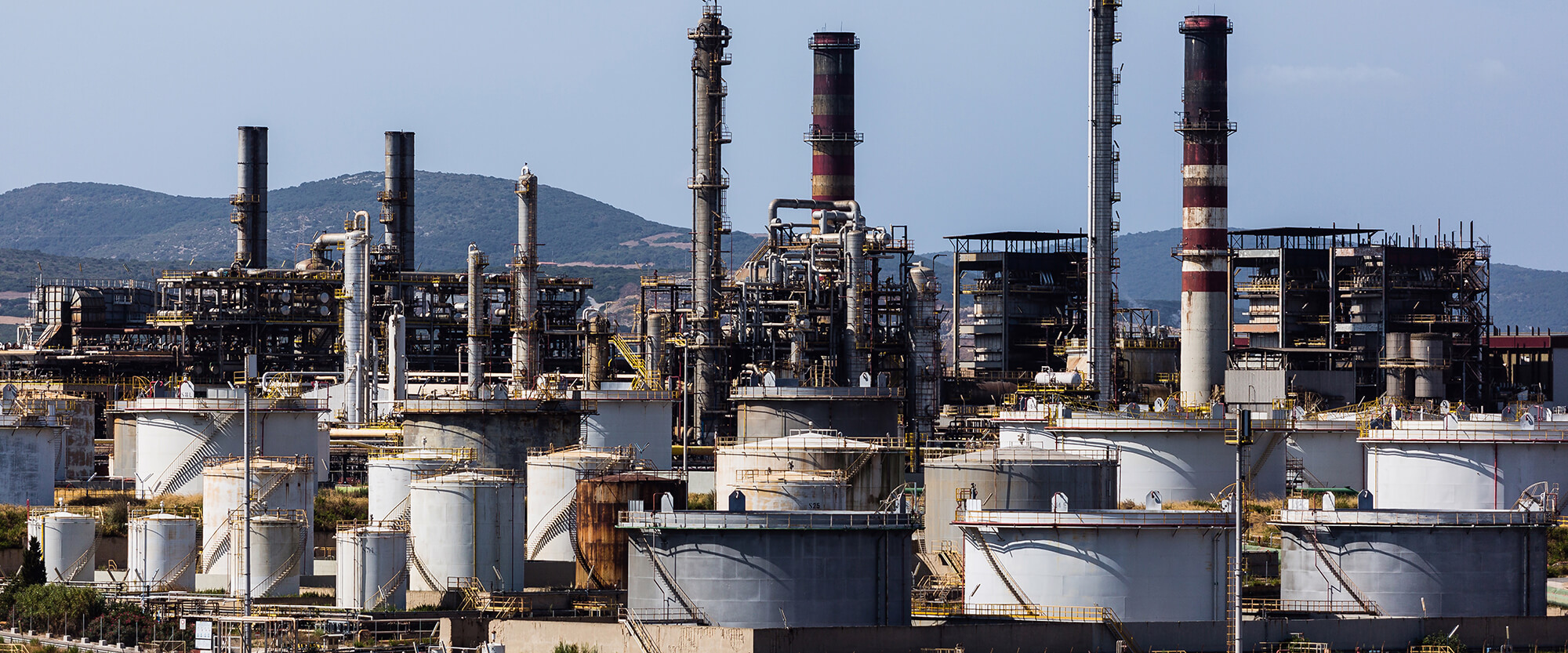
Dipentaerythritol pentaacrylate (DPHA) is widely used in various everyday applications such as coatings, inks, and adhesives. Here is a detailed description of how DPHA is used in these applications and the areas in which China needs to upgrade and pay attention to in its production.
Coatings:
DPHA as a crosslinking agent: In coatings, DPHA acts as a crosslinking agent to promote the formation of a three-dimensional network structure. It is commonly used in UV-curable coatings, where it enhances the coating’s hardness, durability, and chemical resistance.
UV-curable coatings: DPHA is combined with other monomers, oligomers, and photoinitiators to formulate UV-curable coatings. These coatings offer advantages such as rapid curing, low VOC emissions, and excellent adhesion to various substrates.
Inks:
UV-curable inks: DPHA is utilized as a key component in UV-curable inks. It helps in the crosslinking and curing process when exposed to UV radiation, resulting in fast drying, high print quality, and enhanced resistance properties.
Printing applications: DPHA-based UV-curable inks are used in various printing methods, including screen printing, flexography, and digital printing. These inks provide excellent color vibrancy, adhesion, and durability on different surfaces.
Adhesives:
DPHA as a reactive diluent: In adhesive formulations, DPHA acts as a reactive diluent that improves viscosity, workability, and adhesion properties. It is often combined with other monomers or oligomers to achieve the desired adhesive characteristics.
Structural adhesives: DPHA-based adhesives find application in structural bonding, where high strength, impact resistance, and thermal stability are required. They are commonly used in industries such as automotive, aerospace, and construction.
Areas for upgrading and attention in China’s production:
Environmental regulations: China needs to ensure compliance with international environmental regulations and promote the development of more eco-friendly production processes for DPHA. This includes minimizing the use of hazardous materials, reducing waste generation, and implementing proper waste treatment methods.
Quality control: Strict quality control measures should be implemented throughout the production process to maintain consistent product quality. This involves monitoring raw material selection, production parameters, and testing methods to meet international standards.
Research and development: Continuous investment in research and development is crucial to enhance the performance of DPHA and develop new formulations that cater to evolving market demands. This includes improving UV-curing efficiency, developing customized grades for specific applications, and exploring alternative raw materials.
By addressing these aspects, China can strengthen its position as a leading producer of DPHA products and meet the increasing global demand for high-performance coatings, inks, and adhesives.
